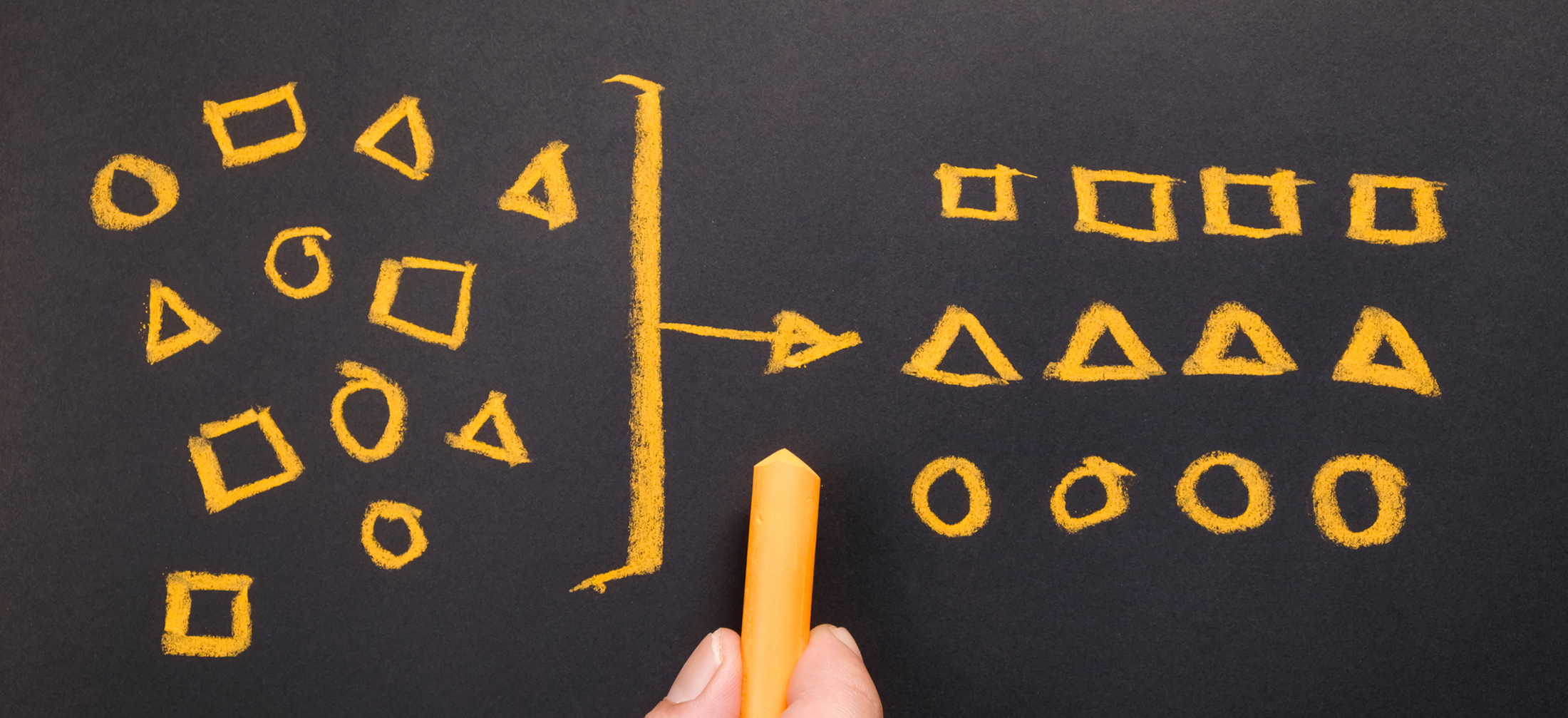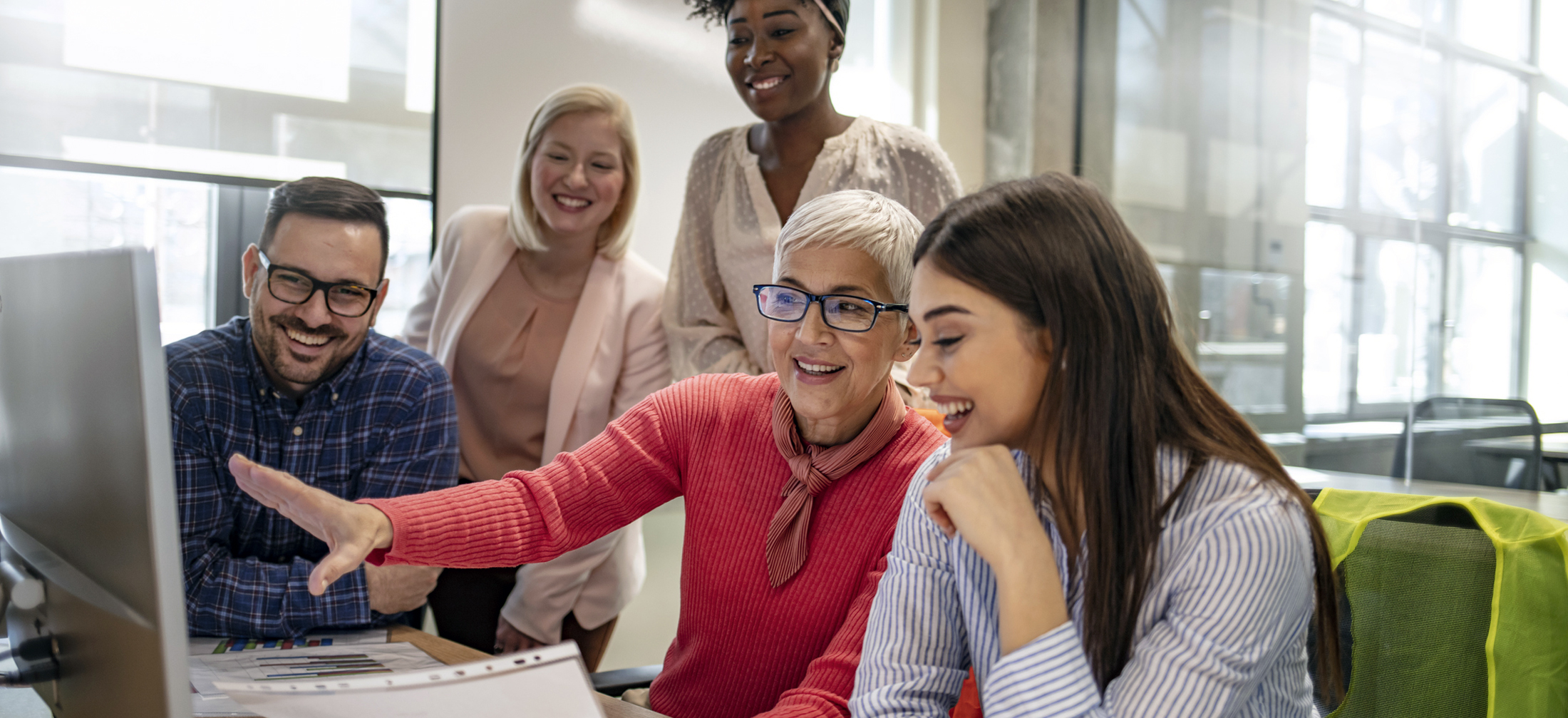
Relax. Breathe. The spring semester has been completed. It wasn’t easy, but you made it to the finish line of a marathon that felt like a sprint. Whew.
Everyone in the education community should be congratulated and commended for adapting quickly to the radical changes to our collective working parameters and making the most of a difficult situation. Given the speed at which everything happened once the pandemic became a real threat, it’s not surprising that several different methods for getting things done were devised by learning professionals nationwide, and the level of innovation and teamwork demonstrated by everyone in our industry has been nothing short of amazing.
Now that we’ve (somehow!) made it to through 2019/20, a whole new set of challenges awaits us in 2020/21. While the spring was all about figuring things out on the fly and powering through, the summer will be all about strategizing for the fall.
Unfortunately, it’s still impossible to predict what the fall might look like right now. Any number of issues, like a second wave of the virus or technology disruption of some kind, may arise in the coming months, but that doesn’t mean we can’t be prepared for a variety of scenarios involving a mix of in-person and remote learning.
Having conducted a spring semester in a largely virtual environment gave us a chance to see what worked and what didn’t in terms of remote learning, and taking the main lessons we learned from this experience is a good starting place for developing a strategic plan for the fall.
As the principal at Jackson Hole High School (JHHS) in Jackson, Wyoming, I experienced the chaos of government-sanctioned school closures and social distancing firsthand. It was definitely one of the more challenging periods of my career, but it’s an experience I learned a lot from and I plan on making the most of this knowledge moving forward.
We were in a relatively favorable position at JHHS in that we’d already implemented a flex learning schedule and got most of our students online thanks to hotspots and some other creative problem-solving. Even with these advantages, we still faced numerous challenges getting through the spring semester, which mainly related to keeping students on track with their lesson plans and focused on their schoolwork in such a distraction-laden digital landscape.
As such, our three biggest takeaways from the spring were:
- A daily homeroom featuring 10–15 kids and a consistent, dedicated teacher is necessary to maintaining a semblance of normalcy and allowing for a modicum of peer-to-peer social interaction to start the day. This informal group assemblage also lets teachers share valuable high-level administrative information with students in a smaller setting and can be used for some less structured discussions about current events or pressing school issues
- A fully realized, detailed, and concrete remote learning code of conduct must be established, gone over in detail, and adhered to by staff and students alike. Too often during virtual classes, students acted as if they were at home (which they were) as opposed to in class. While there’s obviously no substitute for learning in a classroom, students need to understand that they must treat virtual learning with the same level of respect they’d give their physical learning space
- Grading systems need to be reevaluated, if not completely reimagined. Many schools throughout the country went to a “pass-fail” system of grading, largely out of necessity, during the spring semester; this has yielded a wide spectrum of responses from students and educators alike. While this solution was meant to be temporary, the whole model by which we’ve based grading has somewhat been flipped at the behest of the pandemic, and we as education professionals must rethink everything about traditional grading methodology while keeping some components from the old system in place.
On top of implementing virtual homerooms, a concrete code of conduct, and new grading systems (if possible), trauma-informed schooling is an area that will undoubtedly be important in the fall. Social-emotional learning is fast becoming a major facet of education, as is personalized learning and various other forward-thinking practices.
With back-to-school season getting closer by the minute, the education community has a lot to think about as we strategize for what the future of our industry looks like. It’s a scary time for us, but it’s also an exciting time, and I look forward to seeing what we come up with in 2020/21 and beyond!



